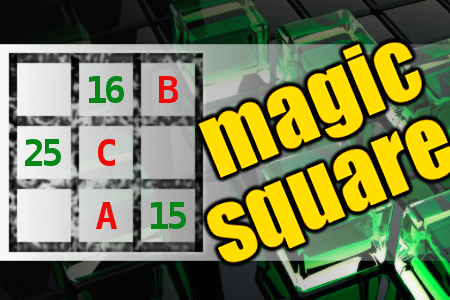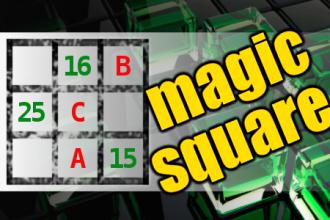MAGIC SQUARE: Calculate A+B*C
The aim is to place the some numbers from the list (15, 16, 17, 18, 19, 25, 27, 45, 46, 55) into the empty squares and squares marked with A, B an C. Sum of each row and column should be equal. All the numbers of the magic square must be different. Find values for A, B, and C. Solution is A+B*C.Correct answers: 9
The first user who solved this task is Nasrin 24 T.
#brainteasers #math #magicsquare

The doctor answered the phone...
The doctor answered the phone and heard the familiar voice of a colleague on the other end of the line. "We need a fourth for poker," said the friend.
"I'll be right over," whispered the doctor.
As he was putting on his coat, his wife asked, "Is it serious?"
"Oh yes, quite serious," said the doctor gravely. "In fact, there are three doctors there already!"
"I'll be right over," whispered the doctor.
As he was putting on his coat, his wife asked, "Is it serious?"
"Oh yes, quite serious," said the doctor gravely. "In fact, there are three doctors there already!"

